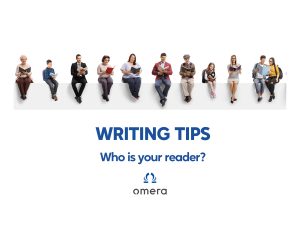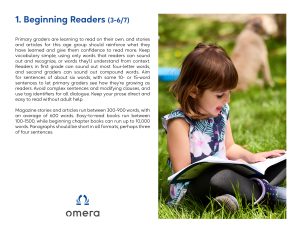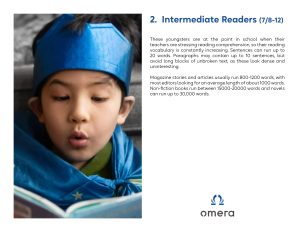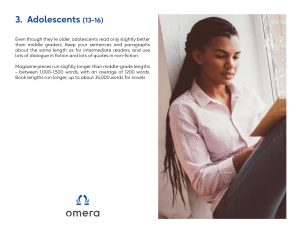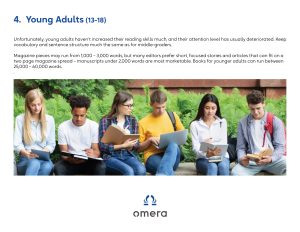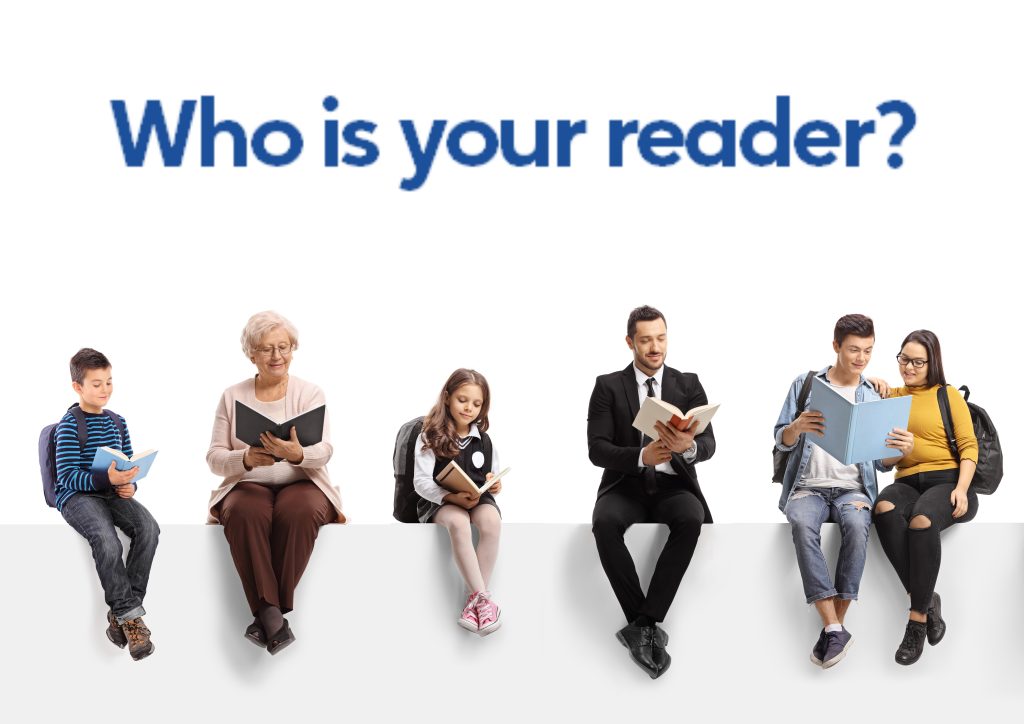Who is your reader?
We all know that writing for kids isn’t a one-size-fits-all game—it’s about meeting them where they are. Every age group has its quirks, from the little ones just starting to read to teens juggling complex emotions and vocabulary. The trick is tailoring your language, sentence length, and story structure to match their level, keeping them engaged and turning pages. It’s not just about telling a story; it’s about connecting with the right reader in the right way. So, as you sit down to write, think about who’s on the other side of your words.
Here’s the same sentence written for different age groups:
PRESCHOOLER: Billy gobbled scrumptious chocolates
PRIMARY GRADER: Billy ate lots of tasty candy
INTERMEDIATE READER: Billy munched handfuls of jellybeans and long strings of sticky red liquorice.
ADOLESCENTS: Bill ate one of the chocolates meant for Sarah, then another, then didn’t stop until every piece in the heart-shaped box was gone.
YOUNG ADULTS: Bill loved chewy caramels when he was wrestling a problem, but once he started a bog he couldn’t stop until his teeth stuck together.
Have a clear view of who is your reader. I’ve attached a few tips to help you along.
Find more tips and guides on how to write for children (and all ages) in our Author’s Hub at www.omerapress.com
